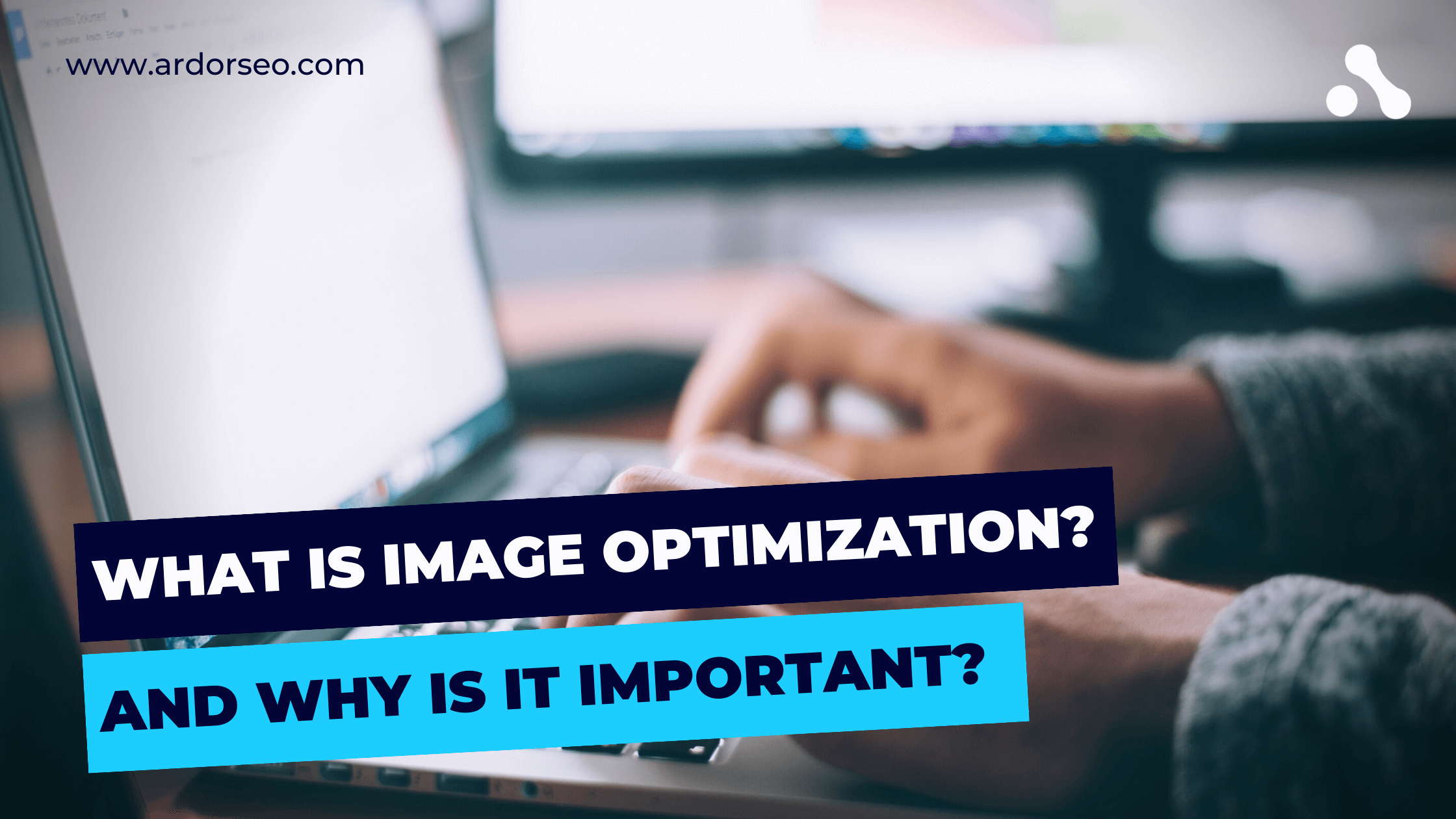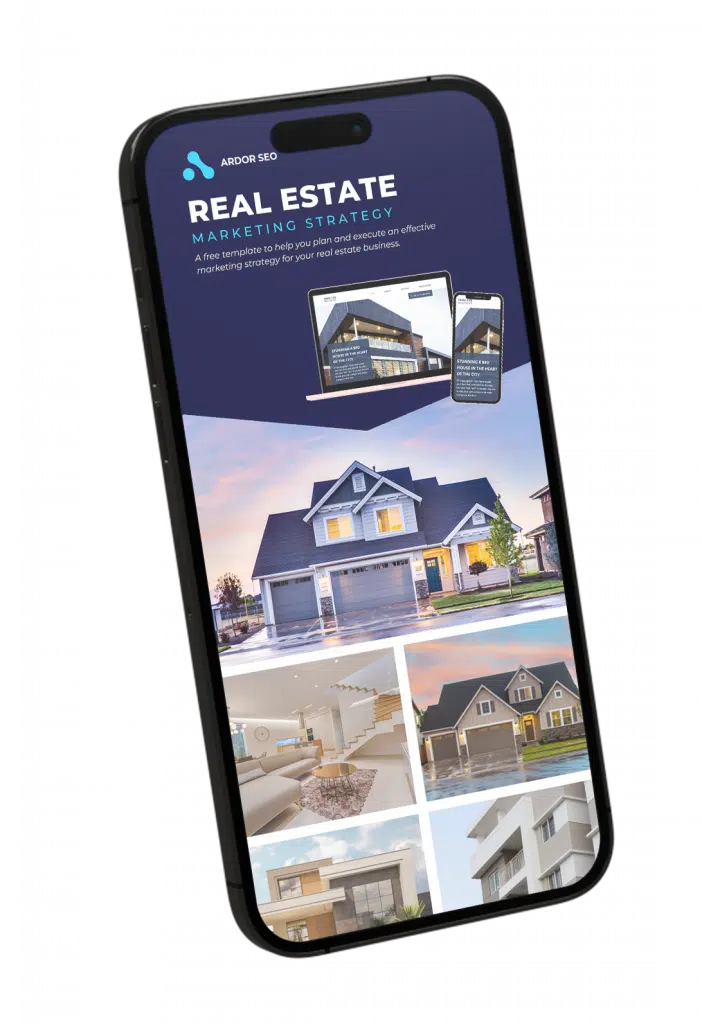
In the ever-evolving landscape of the digital realm, real estate websites have become the virtual storefronts of the property market. They offer potential buyers a glimpse into the spaces they might one day call home. In this digital age, where first impressions are made within seconds, the role of images in real estate websites cannot be overstated. A well-chosen image can convey the essence of a property far more effectively than words alone.
However, as the importance of imagery grows, so does the need for efficient image optimization. Optimizing images isn't just about reducing file sizes; it's about striking a harmonious balance between image quality and website performance. By embracing image optimization techniques, real estate websites can deliver captivating visuals without sacrificing the crucial factors of user experience and page load times.
Optimizing images for websites is vital to enhance loading speed and user experience. Web image optimization involves compressing images for the web, and reducing file sizes while maintaining quality. Properly optimizing images for websites ensures quick page loads and engaged users, ultimately boosting your site's performance and SEO rankings. To optimize photos for web use, follow the steps outlined in this article.
Importance of Images in Real Estate Websites
In the realm of real estate, where emotions, aspirations, and investments converge, images hold extraordinary power. They are the windows through which potential buyers peek into their future homes, envisioning a life of comfort and possibilities. High-quality images serve as the foundation upon which a real estate website's success is built, offering a captivating narrative that words alone could never achieve.
The human brain processes images significantly faster than text, making visuals the perfect tool for conveying essential information at a glance. High-resolution photographs of properties showcase not only the physical features but also the atmosphere, lighting, and unique selling points that set each property apart. These images go beyond merely illustrating the property; they tell a story, igniting the viewer's imagination and helping them emotionally connect with the space.
A picture isn't just worth a thousand words; it's worth a thousand feelings. Buyers can mentally arrange furniture, visualize family gatherings, and imagine their lives within the spaces depicted. These visualizations go beyond the cold facts and figures, allowing potential buyers to make informed decisions that resonate with their dreams and aspirations.
Moreover, in an era of online shopping and remote interactions, images become a medium of trust-building. High-quality, professionally captured images reflect the dedication of realtors toward their clients, demonstrating transparency and authenticity. A real estate website adorned with clear, vibrant images communicates a commitment to offering the best experience to potential buyers, fostering trust and credibility.
Optimizing Your Real Estate Website with ArdorSEO
Ready to take your real estate website to new heights? Ensure your platform stands out in the competitive digital landscape with optimization from Ardor SEO. With a proven track record of enhancing website performance and SEO rankings, Ardor SEO's dedicated team can transform your website.
Don't miss out on the opportunity to provide potential buyers with an exceptional visual experience while boosting your website's visibility in search engine results. Contact us today to discuss how we can help you elevate your online presence and drive conversions in the competitive real estate market.
What is Image Optimization?

In the digital age, where attention spans are fleeting and online experiences are shaped by microseconds, image optimization emerges as a critical practice to ensure that websites are not only visually appealing but also functionally efficient. At its core, image optimization is the art and science of refining images to strike a delicate equilibrium between preserving their quality and enhancing loading speed. This process involves reducing the file size of images without compromising their visual appeal, creating a win-win situation for both website visitors and developers.
The primary goal of how to optimize an image for the web is to enhance the overall user experience by addressing a fundamental challenge: how to present high-resolution, visually engaging images while keeping website loading times at a minimum. It's no secret that slow-loading websites can drive away potential visitors, resulting in higher bounce rates and missed opportunities. On the other hand, excessively compressed images can lead to pixelation and a lack of clarity, deterring users from fully appreciating the visual content.
Striking the Balance
Image optimization involves employing a range of techniques to reduce file sizes while retaining image quality. Techniques include:
- Compression: This involves removing redundant data from image files, reducing their size without significantly altering their appearance. Various algorithms and tools are used to achieve optimal compression levels.
- Resizing: Choosing appropriate dimensions for images ensures they fit various devices and screen sizes. Oversized images can be resource-intensive and slow down loading times.
- Format Selection: Different image formats, such as JPEG, PNG, and GIF, have distinct properties. Selecting the right format for each image type can significantly impact both quality and size.
- Lazy Loading: By loading images only when they come into the user's view, this technique speeds up initial page loading times while maintaining a seamless user experience.
- Alt Text: Providing descriptive alternative text for images enhances accessibility for users with disabilities and aids search engine optimization.
Benefits of Image Optimization for Real Estate Websites
In the intricate tapestry of real estate websites, the fusion of aesthetics and functionality reigns supreme. Image optimization emerges as a pivotal linchpin, capable of transforming user experiences and elevating platform success. Its benefits extend well beyond aesthetics, encompassing tangible enhancements that shape user interactions and digital performance.
Faster Page Load Times
Image optimization's immediate advantage lies in significantly reducing page load times. In today's impatient world, swift-loading websites seize and maintain visitor attention. Through compressed images and suitable file formats, page load times are notably shortened. This not only heightens user satisfaction but also curbs bounce rates, ensuring higher engagement and a greater likelihood of conversions as potential buyers navigate properties without lag-induced frustrations.
Improved User Experience
Optimizing images and enhancing user experiences are symbiotic. Seamless image loading fuels fluid navigation, enticing users to explore deeper into a website's offerings. With quick-loading visuals, property details, image zooming, and virtual tours become uninterrupted experiences. This streamlining instills confidence in the website's professionalism and reliability, fostering user engagement and prolonging stays on the site for potential buyers seeking their dream property.
Enhanced SEO
Beyond visual allure, image optimization plays a pivotal role in SEO. Search engines prioritize page speed when ranking websites, favoring faster-loading sites. By optimizing images for web and trimming page load times, real estate websites signal search engine algorithms, paving the way for heightened visibility and augmented organic traffic. Furthermore, descriptive alt text heightens accessibility and augments SEO efforts by providing search engines with invaluable context.
How to Optimize an Image for Your Real Estate Website

Through a careful blend of technical knowledge and creative consideration, you can enhance the visual experience for users while ensuring that your website loads swiftly and efficiently.
Choosing the Right Image Format
Selecting the appropriate image format is the foundation of effective optimization. Different formats, such as JPEG images, PNG images, and GIFs, serve distinct purposes. JPEG is ideal for photographs due to its compression capabilities while retaining good image quality. PNG is suitable for images with transparency or fine details, while GIF is suitable for simple animations. Choose the format that best suits the type of image and the level of detail required.
Resizing and Scaling Images
Avoid using images with unnecessarily high resolutions, as they can slow down your website's loading times. Resize images to fit the maximum display dimensions of your website's design. Use larger images for full-screen backgrounds and smaller images for thumbnails and icons. This not only improves loading speed but also ensures that images appear crisp and clear on various devices and screen sizes.
Compression Techniques
Compression is the cornerstone of image optimization. It involves reducing the file size of images while maintaining visual quality. There are various compression methods and tools available. Lossy compression, like that used in JPEG images, sacrifices some image data for smaller file sizes. Lossless compression, as in PNG images, maintains all image data but may result in larger file sizes. Online tools and software applications can help you strike the right balance between image quality and size.
Using Descriptive File Names and Alt Text
Beyond the technical aspects, optimization also involves providing context and accessibility. Give your image files descriptive names that reflect the content they portray. Meaningful file names not only help you organize your media library but also contribute to search engine optimization (SEO) by conveying relevant information to search engines. Additionally, include alt text – short descriptions – for each image. Alt text enhances accessibility for users who rely on screen readers and improves SEO by providing text-based information about the image.
Utilizing Lazy Loading
Lazy loading is a strategic technique to improve page load times. Instead of loading all images when the page loads, lazy loading loads images only when they come into the user's viewport – the visible part of the screen. This significantly reduces initial page load times, as only the images that users are actually viewing are loaded. Implementing lazy loading ensures that the most relevant content is delivered quickly while minimizing the strain on network resources.
Tools for Image Optimization

Online Compression Tools
Several user-friendly online tools are designed specifically to compress images while maintaining their quality. Tools like TinyPNG, Compressor.io, and ImageOptim allow you to upload images and receive compressed versions without any loss of visual fidelity. These platforms are ideal for those looking for quick and hassle-free optimization.
CMS Plugins
Content Management Systems (CMS) like WordPress offer a wealth of plugins that simplify image optimization. WordPress image optimization plugins are essential tools that automate the process of compressing and optimizing images on your website. Renowned plugins such as WP Smush, Imagify, and EWWW Image Optimizer seamlessly integrate into your CMS, enabling automatic image compression upon upload. These plugins are especially advantageous for non-technical users, as they eliminate the need for manual intervention.
Image Editing Software
Software applications like Adobe Photoshop, GIMP (GNU Image Manipulation Program), and Canva are invaluable for refining images before uploading them to your website. These tools allow you to resize, crop, and adjust various parameters while maintaining complete control over the final appearance. This approach is particularly useful when preparing images with specific dimensions or fine-tuning visual elements.
Future Trends in Image Optimization for Real Estate
In the evolving landscape of real estate website image optimization, exciting trends are reshaping visuals. Two prominent future trends stand out:
WebP and Next-Gen Formats: WebP, Google's advanced image format, leads a movement toward higher-compression next-gen formats. WebP's algorithms reduce image sizes up to 30%, outperforming JPEG and PNG. As this trend gains traction, real estate websites can offer stunning visuals with faster load times, ensuring an immersive experience for buyers. Next-gen formats exemplify a commitment to image optimization excellence, aiding competitiveness in the visually demanding digital sphere.
AI-Powered Compression: Artificial Intelligence (AI) heralds image optimization's revolution, analyzing and compressing images intelligently. AI algorithms pinpoint compressible elements without compromising quality, yielding optimal file sizes and high-quality visuals. AI adapts to device types and screen sizes, customizing image quality for user preferences. This trend streamlines optimization and personalizes user experiences, promising a brighter image optimization future.
Conclusion

In the dynamic realm of real estate websites, the significance of image optimization stands as an undeniable force, capable of shaping user experiences, enhancing website performance, and elevating SEO rankings.
From faster loading times that minimize bounce rates to an improved user experience that keeps visitors engaged, optimized images are the cornerstone of a successful digital presence. By embracing techniques like format selection, resizing, compression, descriptive naming, and lazy loading, real estate websites can effortlessly achieve the delicate equilibrium between visual allure and loading efficiency.
With our expertise in optimizing websites for SEO, Ardor SEO can help you achieve a harmonious fusion of visual appeal and performance, ensuring your real estate website thrives in the digital landscape. Contact us today to make your website stand out so you can concentrate on what you do best - running your business!

